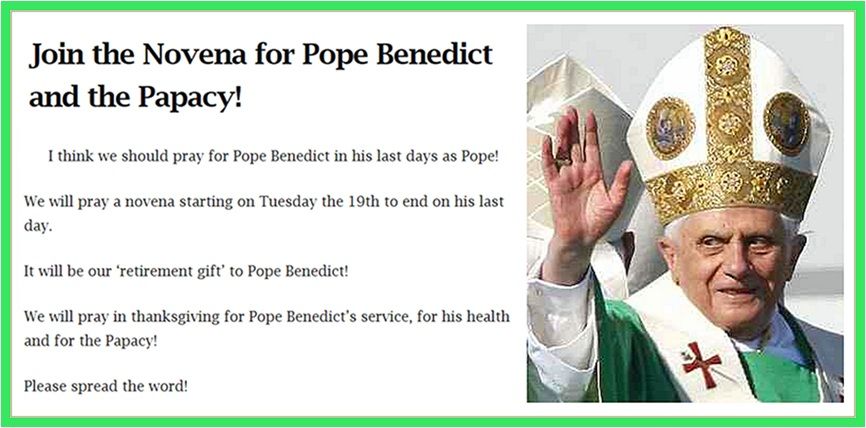
 Monday, February 18, First Week of Lent
Monday, February 18, First Week of Lent
 BLESSED GIOVANNI (John) DA FIESOLE (FRA ANGELICO) (b Fiesole 1395, d Rome 1455), Dominican brother, Renaissance painter, Patron of Christian artists
BLESSED GIOVANNI (John) DA FIESOLE (FRA ANGELICO) (b Fiesole 1395, d Rome 1455), Dominican brother, Renaissance painter, Patron of Christian artists
The world knows him best as Fra Angelico, one of the most prolific and universally admired of painters. He was born in the picturesque town of Fiesole that overlooks Florence and took up painting as a boy. He joined the Dominicans when he was 20, taking the name Fra Giovanni, then came to be known as Fra Angelico, perhaps a tribute to both his own personal qualities and the devotional quality of his works. Michelangelo once said of him, “One has to believe that this good monk has visited paradise and been allowed to choose his models there.” He also served in leadership positions within the Dominican Order. At one point Pope Eugenius approached him about serving as archbishop of Florence. Fra Angelico declined, preferring a simpler life. In formally beatifying him in 1982, Pope John Paul II also declared him the Patron of Catholic Artists, saying: "Fra Angelico was reported to say 'He who does Christ's work must stay with Christ always'. This motto earned him the epithet 'Beato Angelico', because of the perfect integrity of his life and the almost divine beauty of the images he painted, to a superlative extent those of the Blessed Virgin Mary. Fra Angelico is buried in the Dominican Church of Santa Maria sopra Minerva in Rome.
Readings for today's Mass: www.usccb.org/bible/readings/021813.cfm
The Holy Father is on spiritual retreat with members of the Roman Curia in thrice-daily sessions
at the Redemptoris Mater of the Apostolic Palace. Cardinak Gianfranco Ravasi is preaching this year's
spiritual exercises for Lent. The retreat began yesterday evening and will end on Saturday noon. Feb. 23.
One year ago today...
Pope Benedict XVI held a double Public Consistory at St. Peter's Basilica, during which he created 22 new Cardinals and announced the date of the canonization of 7 Blesseds, including, most prominently, Mother Marianne Cope, the German-born US missionary who succeeded St. Damien as director of the leper colony in Molokai, and Kateri Tekakwitha, the young Mohawk laywoman who becomes the first native North American saint.
He innovated the consistory for new cardinals by deciding to formally name them and consign to them the biretta, the ring, and the title
to the church or diaconate in Rome of which they became the titular bishops. Previously, these symbols were given at the Mass concelebrated by the new cardinals with the Pope the day after their formal naming to the College of Cardinals. The change was introduced by Benedict XVI in order not to distract from the Eucharistic celebration.
My comment at the time:
The Pope's allocution delivered before the actual rites formally naming the new cardinals was truly memorable - as a response not just to all the unseemly talk in the media about internal Vatican affairs but as an admonition to all men of the Church who have seemed to lose sight of the faith and Christ's message, in their striving for 'power and glory'. His memorable last line: "Pray also for me, that I may continually offer to the People of God the witness of sound doctrine and guide holy Church with a firm and humble hand".
Reuters's Philip Pullella whose anti-Benedict bias has oftentimes been offensive, surprisingly wrote a benign article about the consistory entitled "Benedict XVI leaves his stamp on Church future with new cardinals", but he ended the story with the following paragraphs, which sound eerie when read today:
Popes usually reign for life but in a book last year, Benedict said he would not hesitate to become the first Pontiff to resign willingly in more than 700 years if he felt himself no longer able, "physically, psychologically and spiritually," to run the Catholic Church.
Several Popes in recent history, including the late Pope John Paul, considered resigning for health reasons, but none did so.
The last Pope to resign willingly was Celestine V in 1294 after reigning for only five months. Gregory XII reluctantly abdicated in 1415 to end a dispute with a rival claimant to the Holy See.
The Vatican says the Pope's health is good but he needs to conserve his strength. Last October he started using a mobile platform which aides use to wheel him up the central aisle of St Peter's Basilica.
Just as surprisingly, however, Pullella did not interpellate these observations at all with any loaded remarks...
And now, let me proceed to translate Peter Seewald's article for a German magazine that Corriere della Sera published today in Italian...
There's still time to join the Novena for Benedict XVI which begins tomorrow:
 Please sign up and pass on the link. Signing up means the daily prayer will be sent on to you by e-mail
http://www.praymorenovenas.com/novenas/join-the-novena-for-the-pope?awt_l=Ei.mg&awt_m=3mF9DdVGKYjAMf
Please sign up and pass on the link. Signing up means the daily prayer will be sent on to you by e-mail
http://www.praymorenovenas.com/novenas/join-the-novena-for-the-pope?awt_l=Ei.mg&awt_m=3mF9DdVGKYjAMf
[Modificato da TERESA BENEDETTA 20/02/2013 22:37]